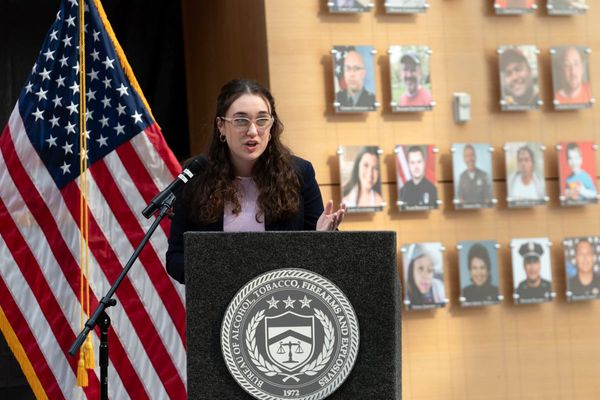
Paris – The European Space Agency marked its 50th anniversary in May, kicking off a landmark year of mission launches and strategic planning. With the ESA Ministerial Council set to meet in November, Director General Josef Aschbacher reflected on five decades of progress and outlined the agency’s future in exploration, climate science, navigation, and global collaboration.
Since its founding in 1975, ESA has contributed to a broad range of scientific and technological areas. One of its most notable moments came in 2014 with the Rosetta mission, when the Philae lander became the first human-made object to land on a comet. The event drew global attention and is considered a major milestone in robotic space exploration.
Copernicus and Galileo
ESA has also developed long-running programmes such as Copernicus and Galileo, which continue to serve scientific, environmental, and practical purposes. Copernicus, the European Union’s Earth observation programme, uses satellite data to monitor environmental changes. According to ESA Director General Josef Aschbacher, “Without those satellites that we have built - and Europe has built many of those - we would not understand the extent of climate change.”
Ariane 6 rocket debuts successfully restoring Europe's space independence
Meanwhile, Galileo, ESA’s satellite navigation system, now in its 30th year, has become a key infrastructure for location and timing services. Aschbacher described it as “the most accurate navigation system in the world,” with wide applications across transport, telecommunications, and emergency services.
Over the years, ESA has also expanded its international cooperation. It works with agencies in the United States, Japan, India, the UAE, and Australia, among others, across a range of missions and projects. “Partners want to work with us. We have something interesting to offer,” Aschbacher said, referring to ESA’s role in collaborative initiatives.
New objectives?
Looking to the months ahead, a major point of focus is the ESA Ministerial Council, to be held in November. Occurring every three years, the council allows ESA’s 22 member states to allocate funding to various programmes. Unlike some international agencies, ESA operates on a voluntary contribution model. “I have to make proposals that are very attractive that member states want to participate and want to put money in. Otherwise, I’m not succeeding,” said Aschbacher.
The funding proposals being prepared for the Council span a wide range of domains, including Earth observation, satellite navigation, telecommunication, astronaut missions, launch systems, and planetary exploration, including the Moon and Mars.
First commercial launch of Europe's Ariane 6 carrying French military satellite
ESA also has a busy launch schedule for 2025, with over ten missions planned. These include new Sentinel satellites under the Copernicus programme, further Galileo satellites, as well as the April launch of Biomass Earth Explorer mission, which will measure tropical forest biomass as part of broader efforts to monitor carbon cycles.
Several smaller missions based on CubeSats and micro-satellites are also in development, incorporating onboard artificial intelligence to process data in orbit more efficiently.
ESA is placing increased emphasis on the role of space-based technologies across different sectors. In Aschbacher’s view, their relevance is likely to expand significantly in coming decades.
“Space today already has many applications… but in 20 years from today, you cannot live without space technology,” he said, comparing the trajectory of space tech to the early development of the internet.
As ESA reaches the 50-year mark, attention is focused not just on past achievements but also on how space technologies might be integrated more deeply into scientific research, infrastructure, environmental monitoring, and industry in the years ahead.







